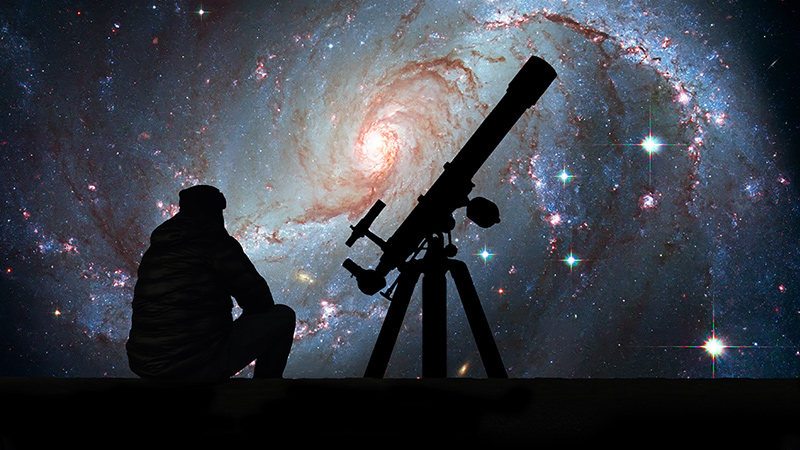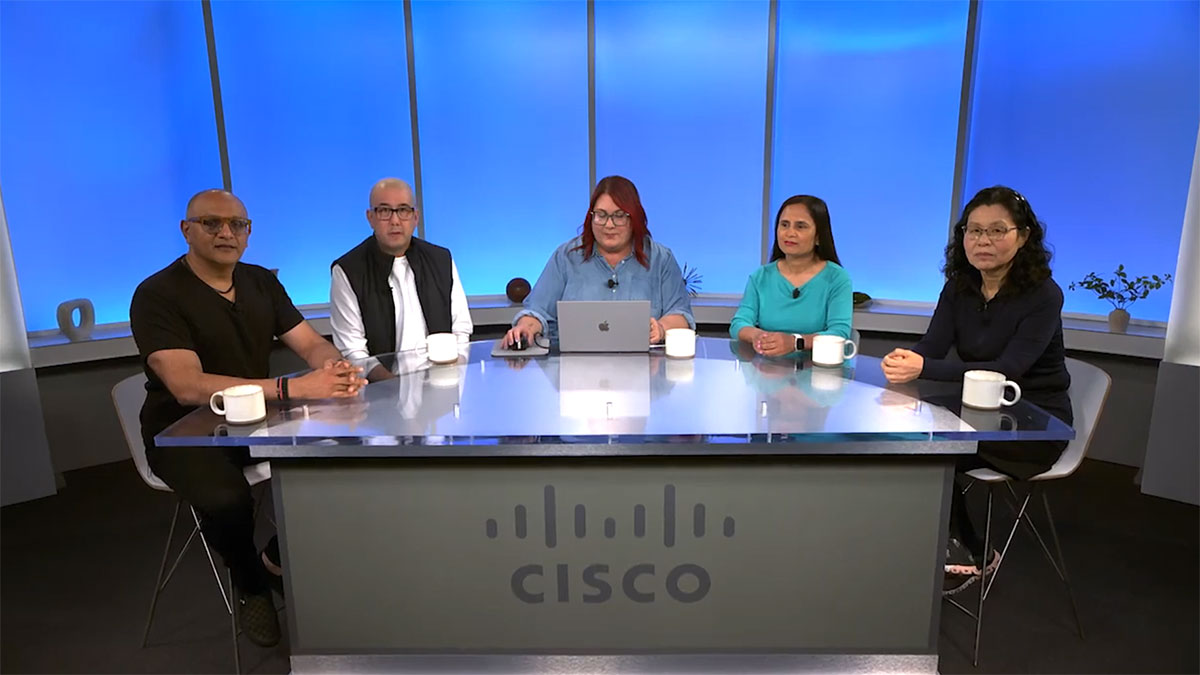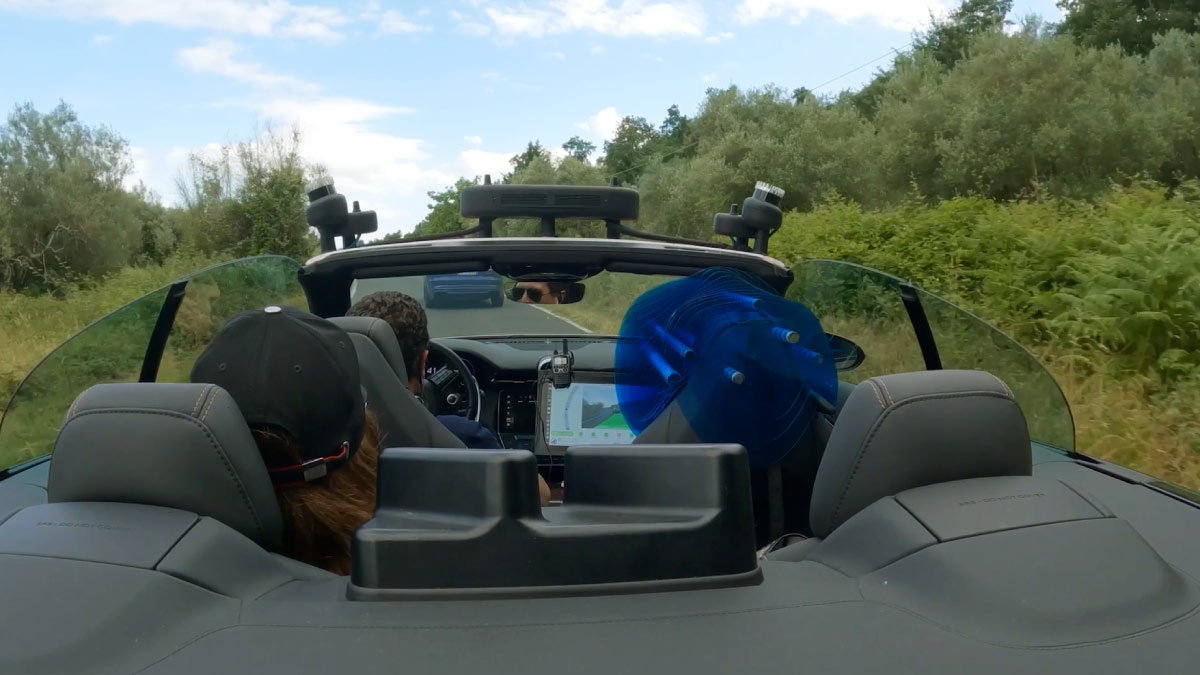Networks are letting people around the world help with vital research as science struggles to deal with challenges ranging from COVID-19 to climate change. The ability to help with research programs from home has boomed in recent years thanks to the rise of citizen science platforms.
These platforms connect research teams to helpers from the public who can provide extra muscle in dealing with tough problems. In the early days, this ‘muscle’ was in the form of spare computing power.
Projects like SETI@home and Einstein@Home aimed to put idle home computers to use in solving some of the biggest questions facing mankind.
SETI@home, which started in 1999 and is now winding down, used idle home PCs to sort through data in search of signals from intelligent life on other planets. Einstein@Home was set up in 2005 to help find spinning neutron stars. The programs showed that thousands of people worldwide want to help further the frontiers of science. Einstein@Home now has more than 500,000 people on board, and at its peak, SETI@home had more than a million users.
See also: In a pandemic, cities must be smarter than ever
SETI@home was one of the first citizen science platforms to be launched and proved a massive success. One year in, the combined might of the SETI@home community was crunching through a thousand years of data every day, says David Anderson, the program’s founding director.
“When we finished things off, we still had 150,000 users,” he says. “And computers had got so much faster in the meantime that we had more power than at the start.”
One of the secrets of SETI@home’s success was the Berkeley Open Infrastructure for Network Computing. This open-source system was used to link home-based PCs into a grid. It has since been used in around 40 other citizen science programs, Anderson says. Most of the current programs are listed on a single portal, Science United.
User-powered citizen science
At the same time, a new form of citizen science project has emerged. Instead of relying on users’ computers, these rely on users themselves.
Zooniverse, for example, hosts around 100 projects where users are asked to help with tasks ranging from listening for earthquakes to tagging seal photos. Zooniverse stemmed from an idea by a University of Oxford astrophysicist called Chris Lintott.
In 2007, one of Lintott’s colleagues, Kevin Schawinski, was trying to sort pictures of distant galaxies into different forms. This was not something a computer could do, and Schawinski realized it would take ages to do the task alone. Lintott suggested setting up a website, called Galaxy Zoo, and asking for help.
See also: A new hotbed for innovation- the public sector
“They thought they would get a few hundred people interested but, in the end, they got hundreds of thousands,” says Grant Miller, Zooniverse project manager. “It really blew up.”
Because of this, the Galaxy Zoo concept was built out to allow for more projects. It became Zooniverse, which has hosted close to 300 projects since 2009. Other platforms, such as Crowdcrafting and project aggregator SciStarter, now also offer multiple citizen science opportunities.
Between these platforms and the many citizen science projects that research teams run on their own, there could be “tens of millions” of people helping with studies around the world, Miller says. And once in a while they stumble across something new to science.
Such was the case with a Zooniverse project called Planet Hunters. In 2012, members of the public helping with the project stumbled across a planet in a solar system with four suns, something no one had thought of before.
As computers get smarter, the job of sifting through data for these ground-breaking discoveries is increasingly being done by artificial intelligence (AI). But even the smartest bots need someone to teach them, says Miller.
So, citizen scientists today are not only helping research themselves, but more and more helping machines to do the job as well. Tom Hart a penguinologist who runs the Zooniverse Penguin Watch from the University of Oxford, says citizen science now plays a key role in his research.
His team studies penguins in Antarctica, but it is hard to go there often or stay there long. So, the team visits once in a while and leaves cameras around the place. Citizen scientists then help spot what is going on in the pictures whenever the images are retrieved.
“It is absolutely game changing, the idea that we can process, either via the crowd or via AI, the data we collect,” says Hart. “We’re getting well over half a million images a year.”
###
The contents or opinions in this feature are independent and may not necessarily represent the views of Cisco. They are offered in an effort to encourage continuing conversations on a broad range of innovative technology subjects. We welcome your comments and engagement.
We welcome the re-use, republication, and distribution of "The Network" content. Please credit us with the following information: Used with the permission of http://thenetwork.cisco.com/.




